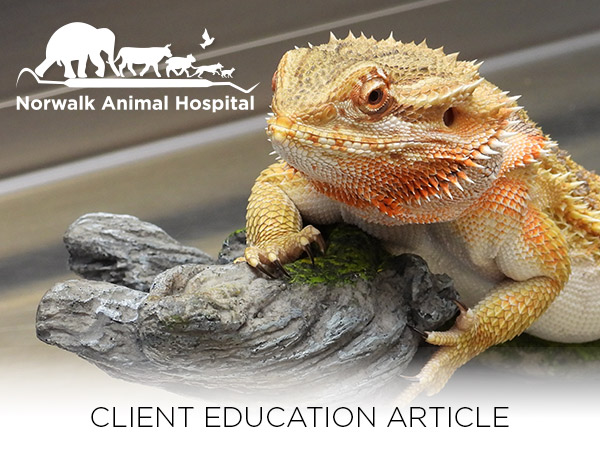
Wobbler’s Syndrome
Wobbler’s Syndrome Wobbler’s syndrome is a pinching of the spinal cord in such a way as to result in an unstable gait to the hind
Call Us (203) 847-7757
330 Main Ave.
Norwalk, CT 06851
Hospital Hours

CLIENT CENTER
REQUEST APPOINTMENT


Wobbler’s Syndrome Wobbler’s syndrome is a pinching of the spinal cord in such a way as to result in an unstable gait to the hind

Vitamins Are vitamins really necessary for my pet? Doesn’t the food that I feed have all the vitamins and minerals my pet needs? Which vitamin/mineral

Traveling Traveling with pets usually requires advanced planning. If you have never taken your pet with you on a trip before there are several suggestions

Thrombocytopenia Everyone expects that when you accidentally cut yourself a clot will form and the bleeding will stop shortly after applying some pressure to the

Shampooing There are many different types of shampoos available to choose from. The two general categories are medicated and non-medicated. The medicated types contain special

Radiographs Radiographs or X-rays are widely used in veterinary medicine to help identify or rule out suspected causes for disease. It has been said that

Rabies State law , public act #-91-46, requires all cats and dogs that are three months of age or older , indoors as well as

Pyometra It is not very common that the reproductive tract of either the male or female becomes infected. When it does, however, it is usually

Prostate Gland As is the case in man, both dogs and cats have a prostate gland. This gland is located above the urethra in the

Pneumonia Pneumonia affects dogs and cats alike. This infection can be either primary or secondary in origin and is caused by bacterial or viral organisms.